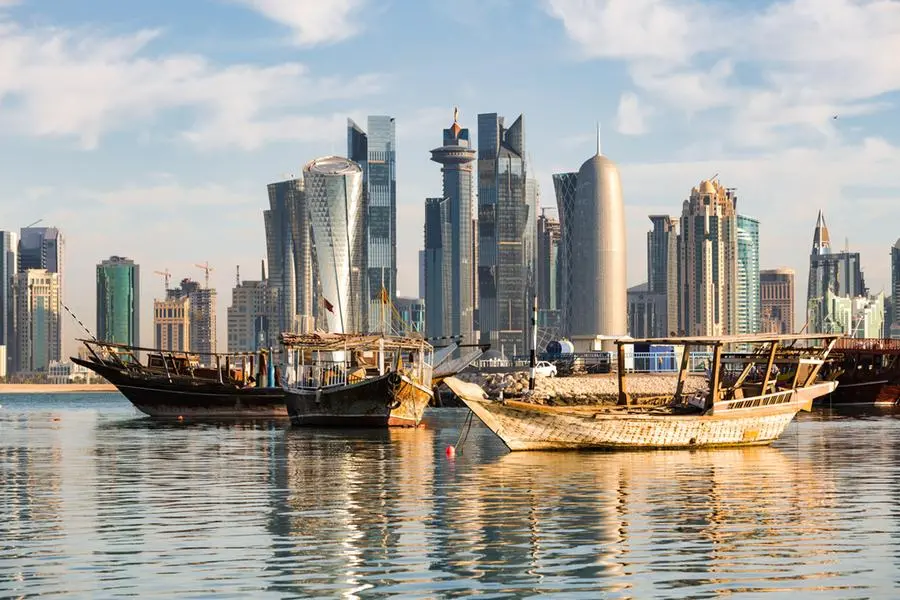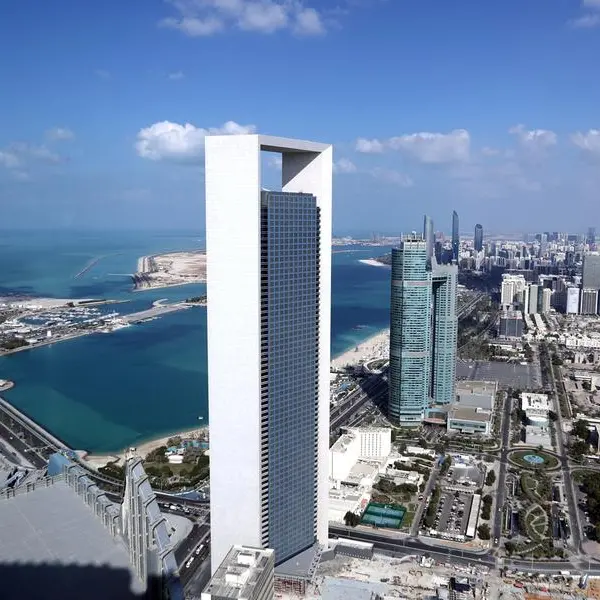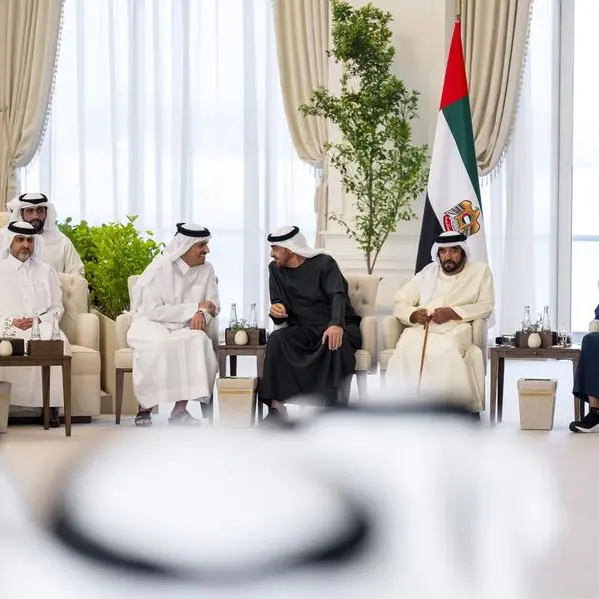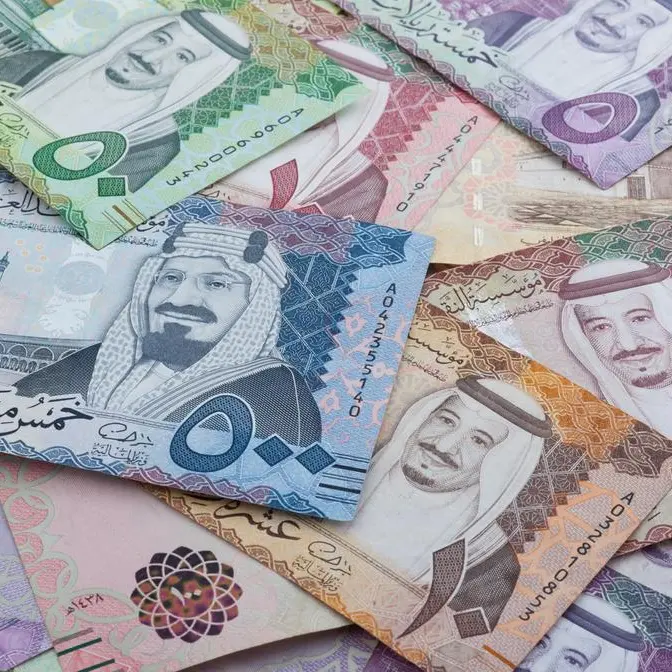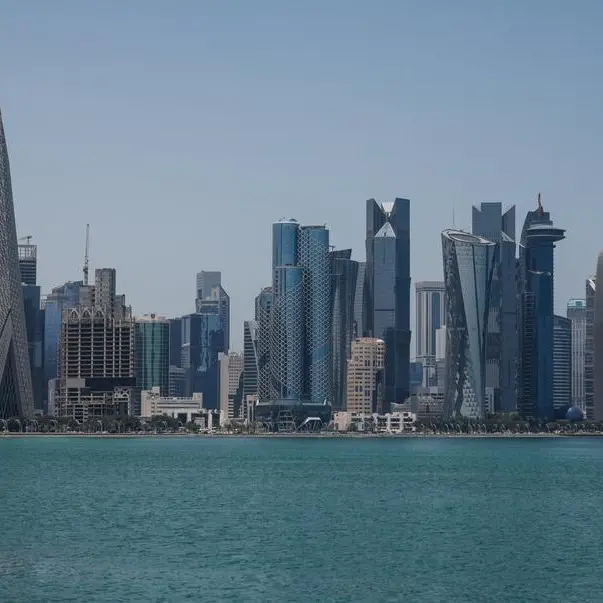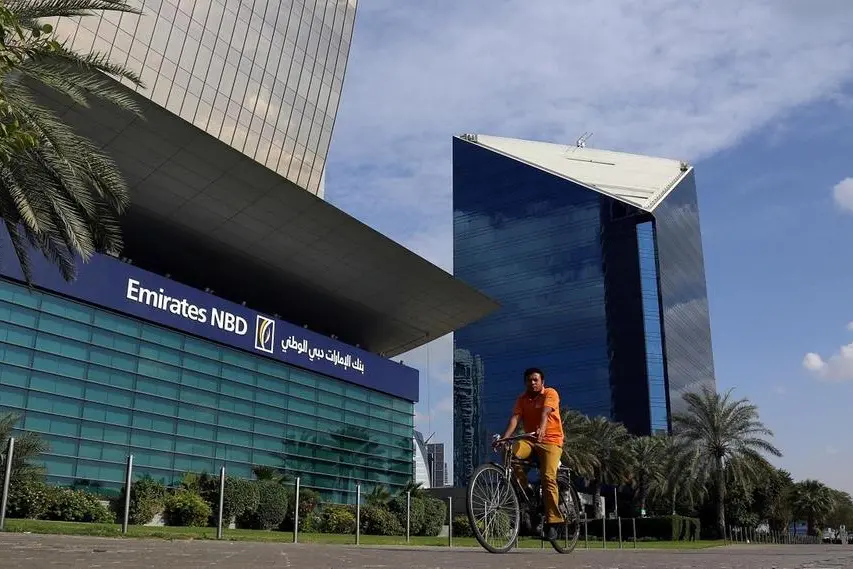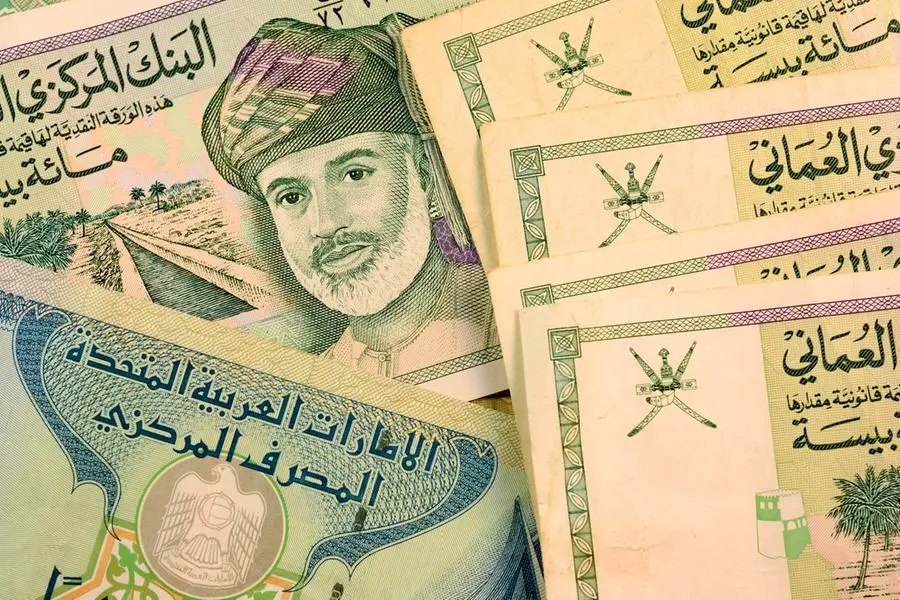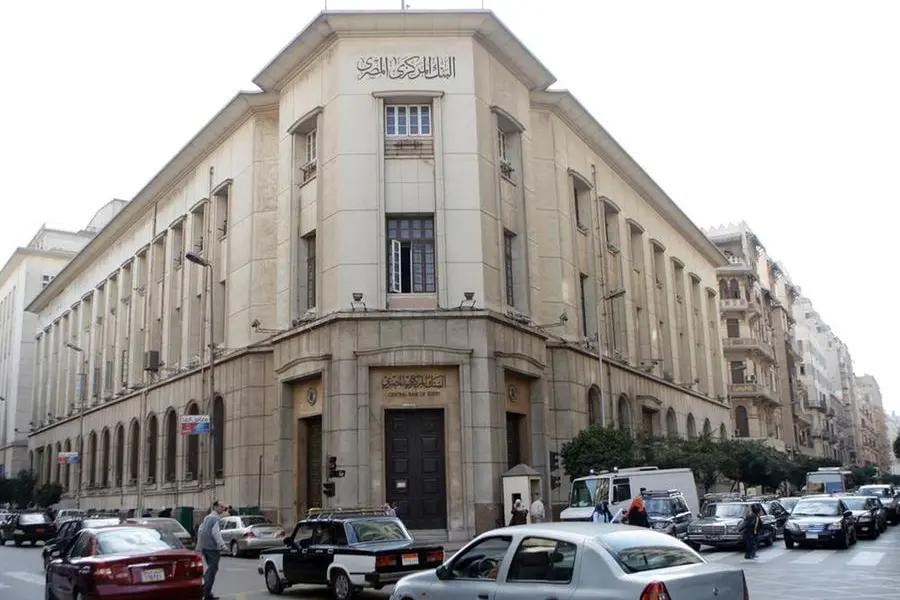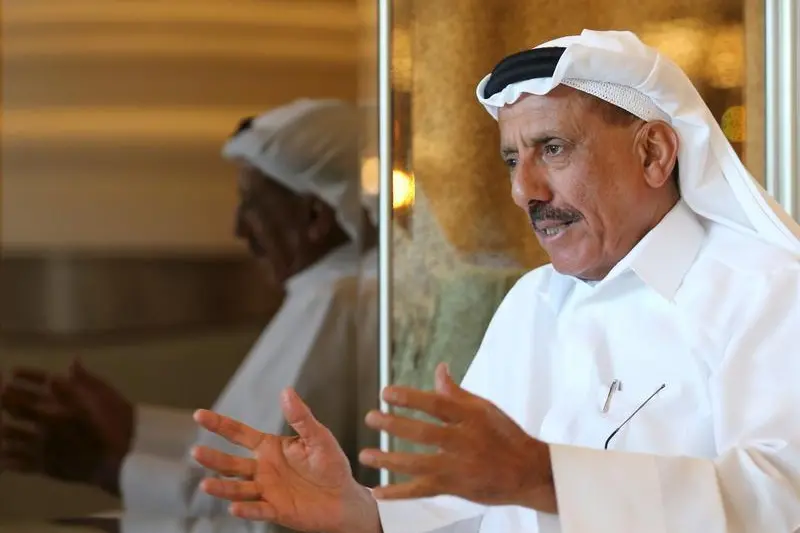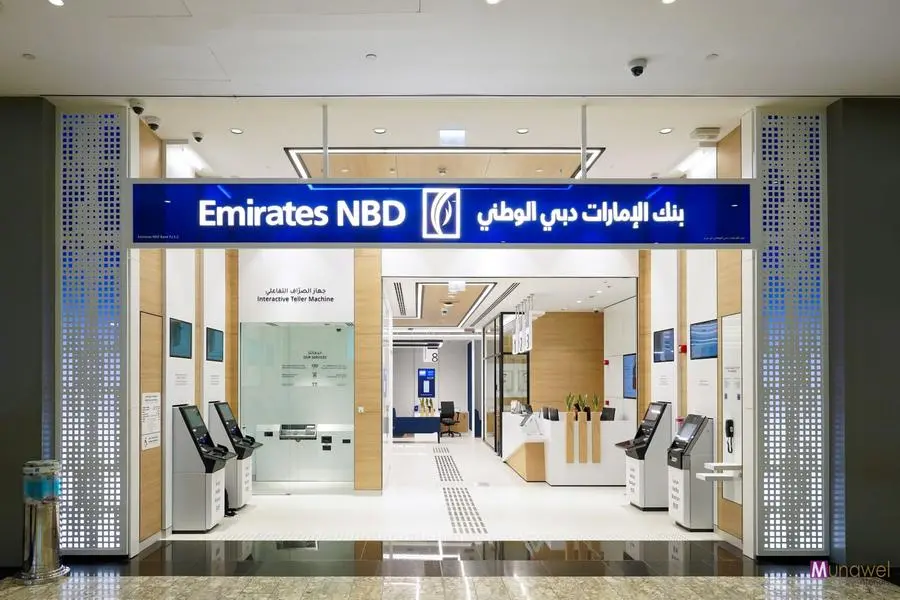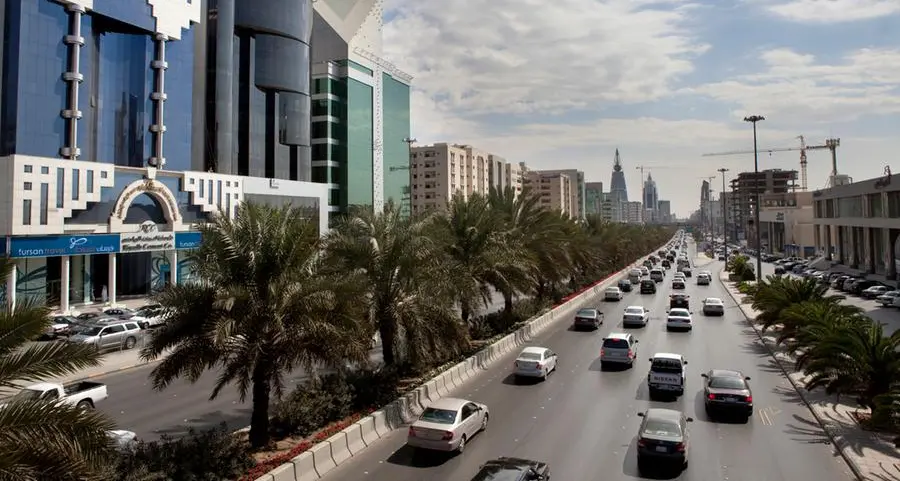PHOTO
Cityscape. Doha, Qatar. Getty Images Image for illustrative purpose.
Qatar's headline and core inflation remains relatively lower than elsewhere mainly due to subsidies and caps on certain products, strengthening of the US dollar to which the riyal is pegged, IMF said in its latest regional outlook.
Headline inflation showed signs of peaking at the end of 2022, although it remains persistently high for emerging markets, Middle income countries and low income countries, the International Monetary Fund (IMF) said in the recent report.
Headline and core inflation in many oil-exporting countries (Qatar, Bahrain, Iraq, Kuwait, Oman and Saudi Arabia) remain relatively lower than elsewhere — as subsidies and caps on certain products, the strengthening of the US dollar (to which many of the countries peg their currencies), and limited share of food in the consumer price index basket have helped to offset imported inflationary pressures — and appear to have peaked in the last months of 2022.
By contrast, headline inflation continued trending upward in most emerging markets, Middle income countries (Egypt, Morocco, Pakistan, and Tunisia, but not Jordan because of its peg to the US dollar and temporary fuel subsidies), partly reflecting the impact of past exchange rate depreciation and persistently elevated food prices, but also broadening price pressures (including on services) as underscored by the rise in core inflation amid loose monetary policy (Egypt, Pakistan, Tunisia).
According to the IMF, real GDP growth in the Mena region has been upgraded for 2022 because of stronger-than-expected growth in many oil-exporting economies (Qatar, Bahrain, Libya, Saudi Arabia, and the United Arab Emirates) and some oil importers (Jordan, Mauritania, Morocco, Tunisia).
Real GDP in the region is estimated to have expanded by 5.3% in 2022 (an upward revision of 0.3 percentage point from October), up from 4.3% in 2021, reflecting the strong performance of oil exporters (especially GCC economies) and Egypt and despite lacklustre growth in other emerging markets, middle income countries and most low income countries.
The acceleration in growth in 2022 was mainly due to strong domestic demand—notwithstanding the negative impact of higher prices on households’ purchasing power and firms’ production costs—and a strong rebound in oil production for oil exporters, it noted.
Several factors explain the relative strength of domestic demand. Tourism rebounded, and hotel occupancy rates recovered, surpassing their pre-pandemic levels in many countries (Qatar, Jordan, Morocco, and Saudi Arabia).
Remittance flows remained strong in mid-2022 in most emerging markets and middle income countries (Egypt, Jordan, Morocco and Pakistan), IMF noted.
Lending to the private sector (non-financial firms and households) continued to expand in real terms in some emerging markets and middle income countries, with double-digit growth in some countries (approximately 10% in Egypt), partly reflecting the prevalence of subsidised lending initiatives in the second half of 2022.
Labour market conditions stopped deteriorating in 2022, although structural factors, such as labour and product market rigidities hampered a meaningful recovery, especially in emerging markets and middle income countries, it said.
Employment growth in emerging markets and middle income countries remained lacklustre in the second half (Jordan, Morocco, Tunisia) but continued to rise at a healthy pace in GCC countries (Bahrain, Oman, Saudi Arabia), partly reflecting rebounding migrant employment (Bahrain, Oman, Saudi Arabia).
Unemployment rates inched up or remained broadly steady in most emerging markets and middle income countries, staying above pre-pandemic levels in many countries in late 2022 (Jordan, Morocco, Tunisia), IMF added.
© Gulf Times Newspaper 2022 Provided by SyndiGate Media Inc. (Syndigate.info).
